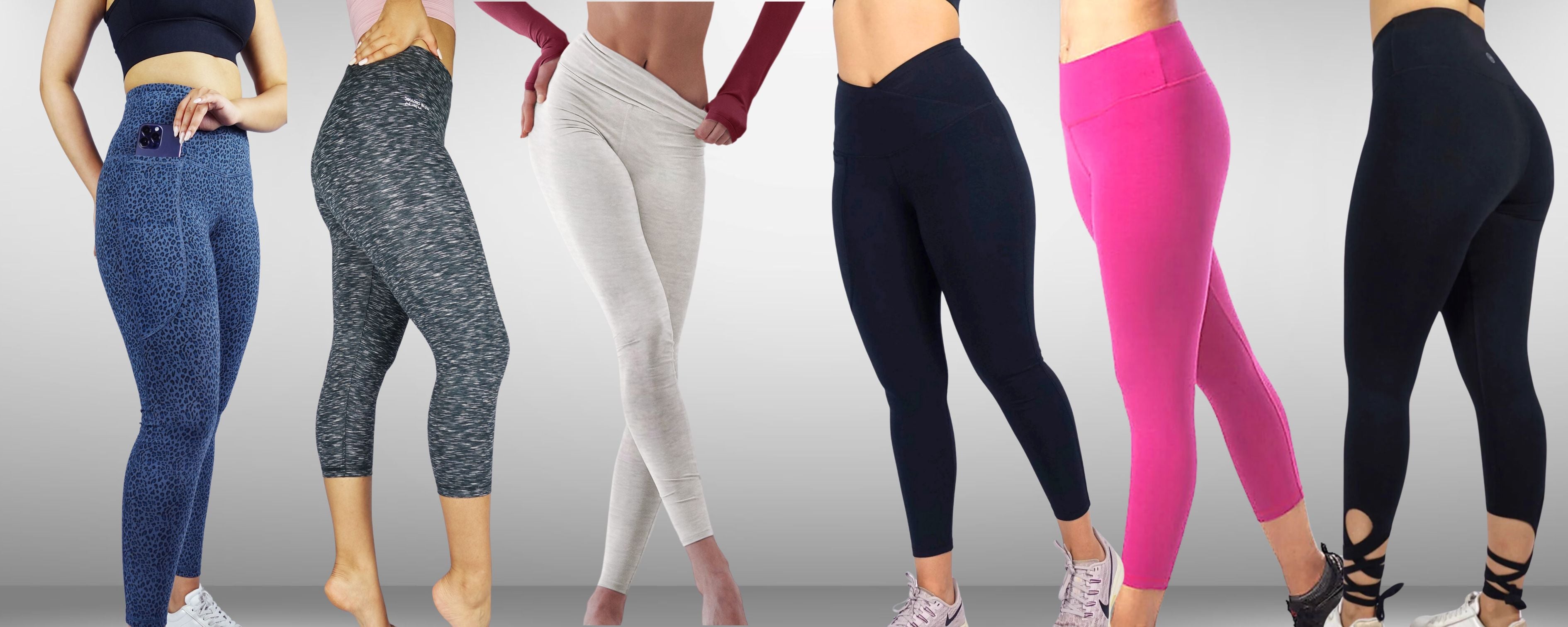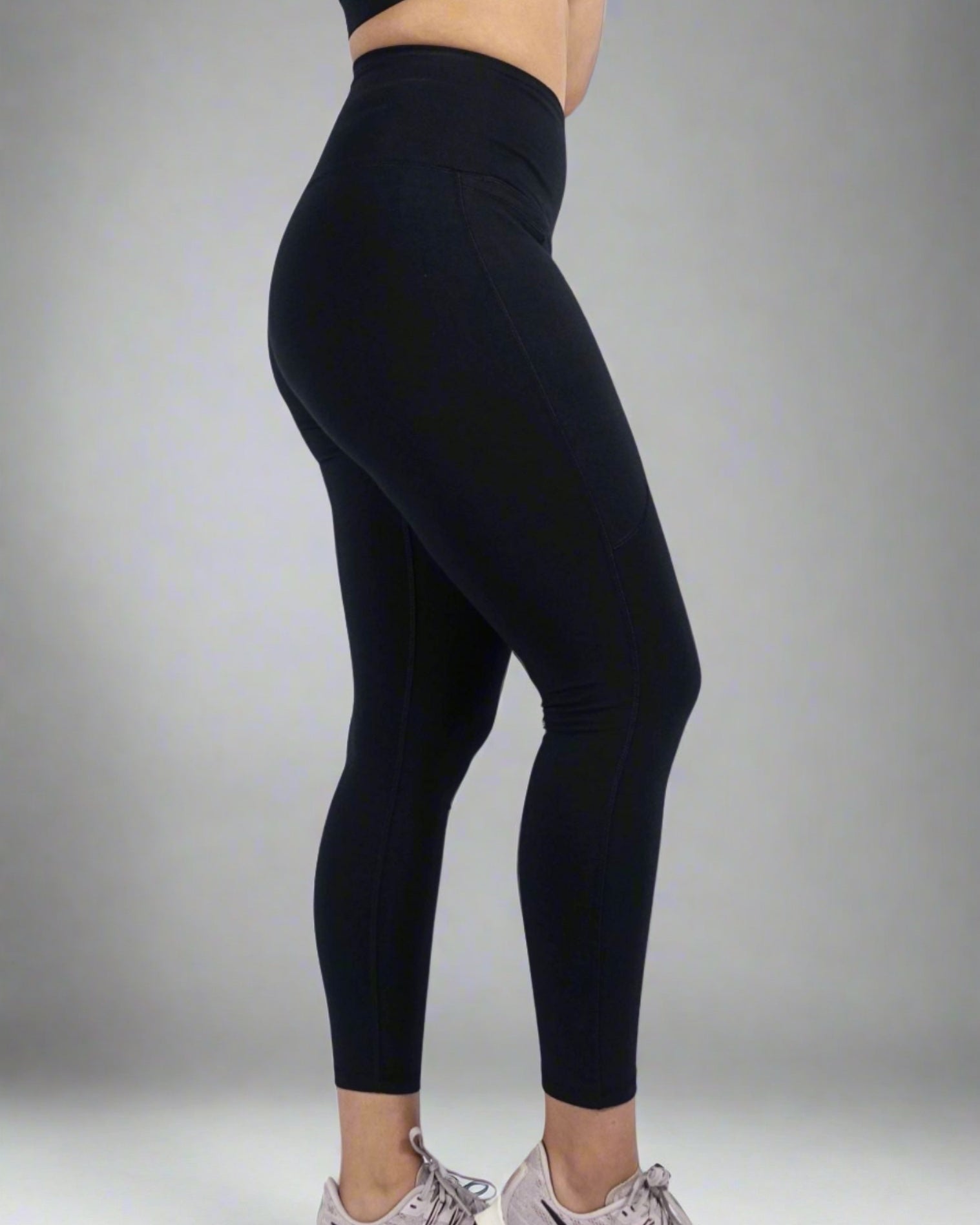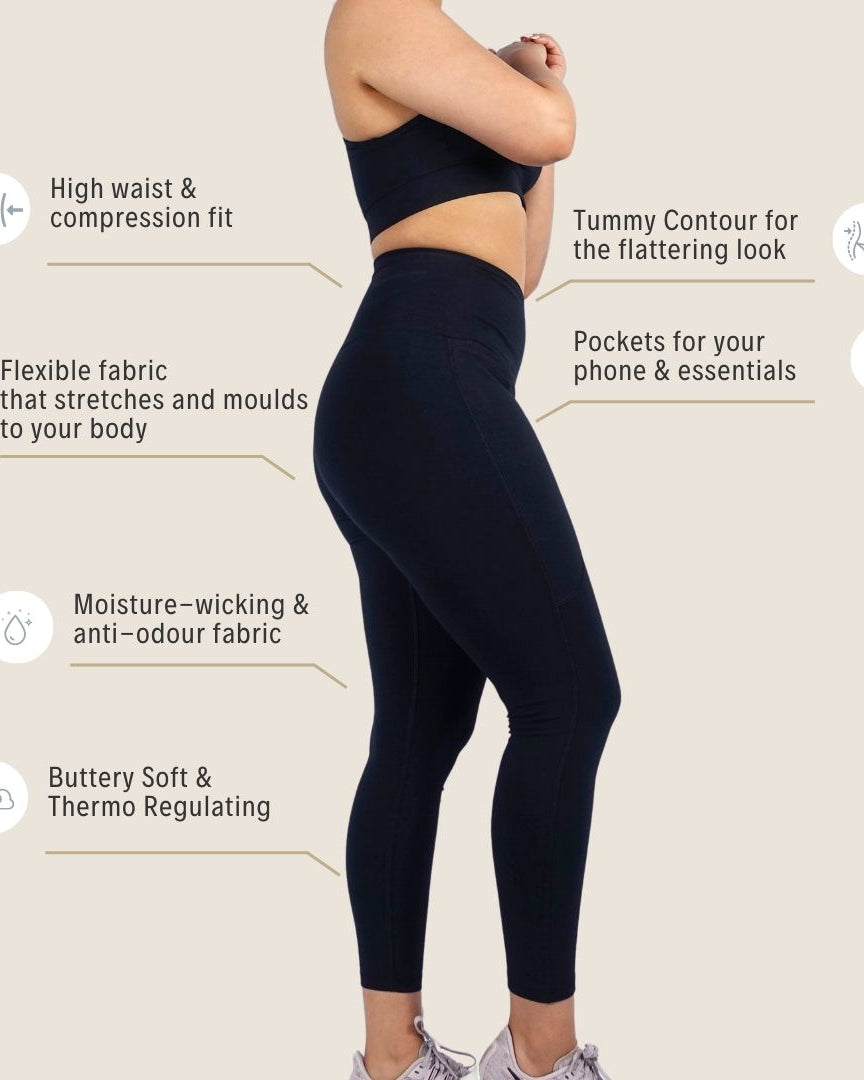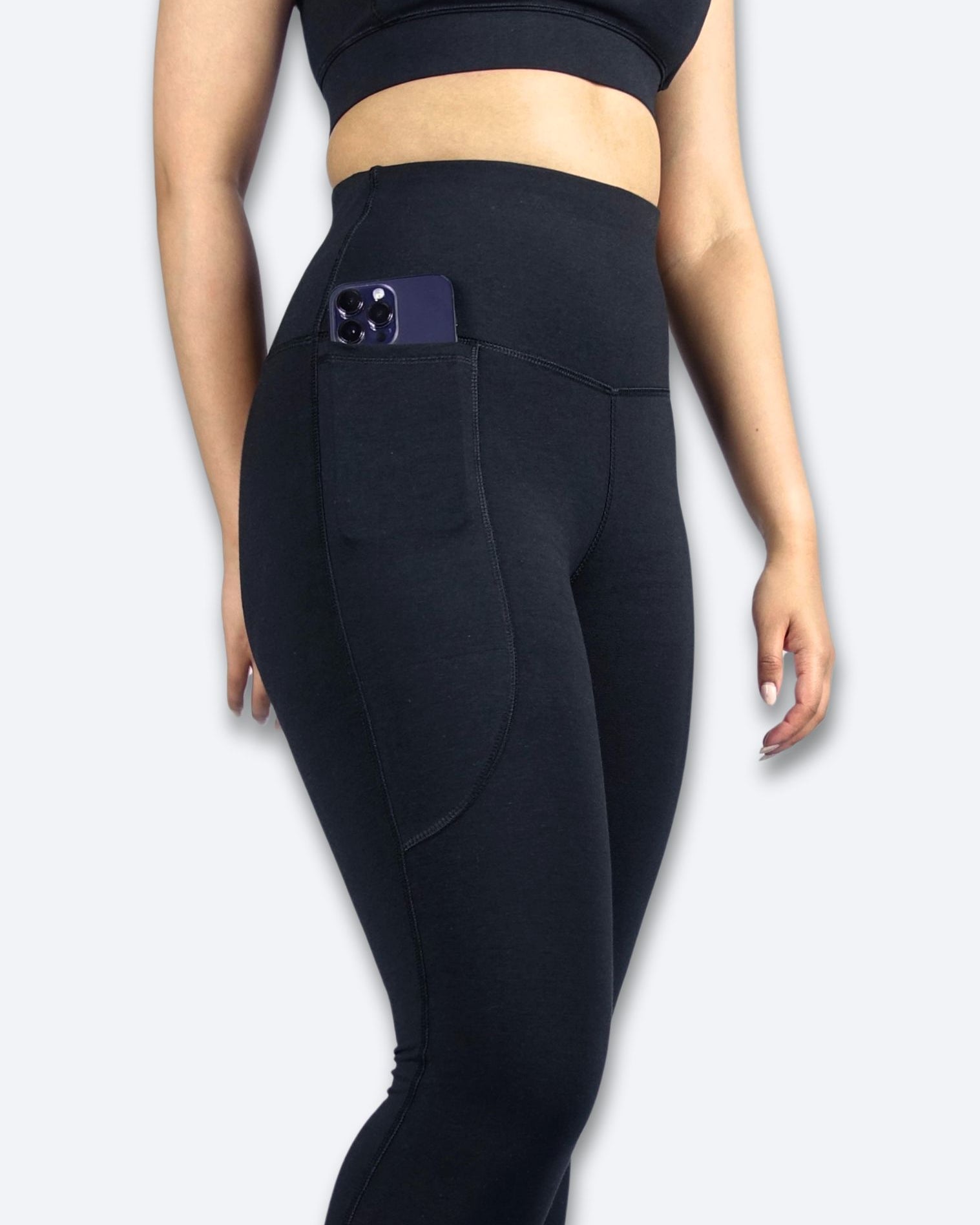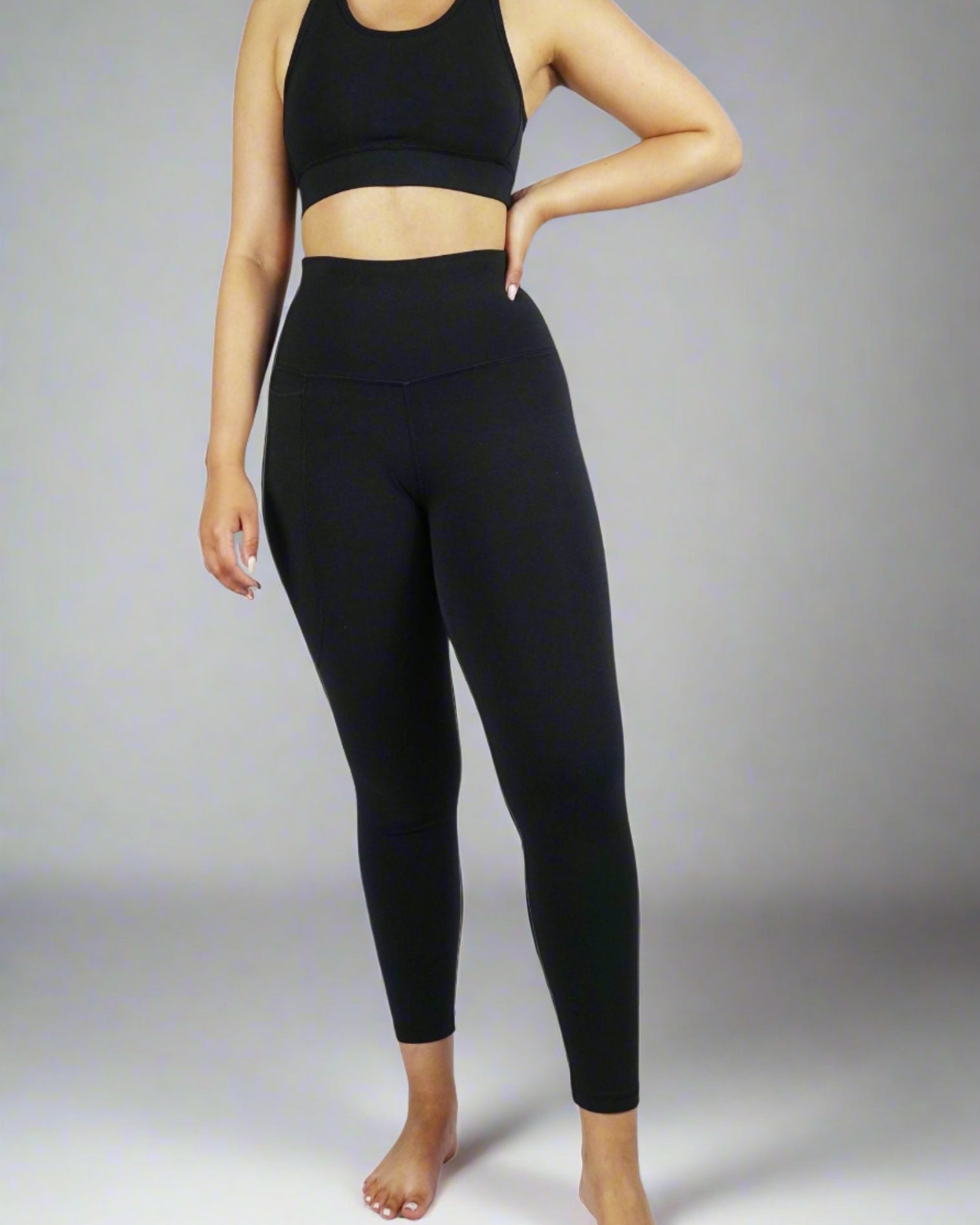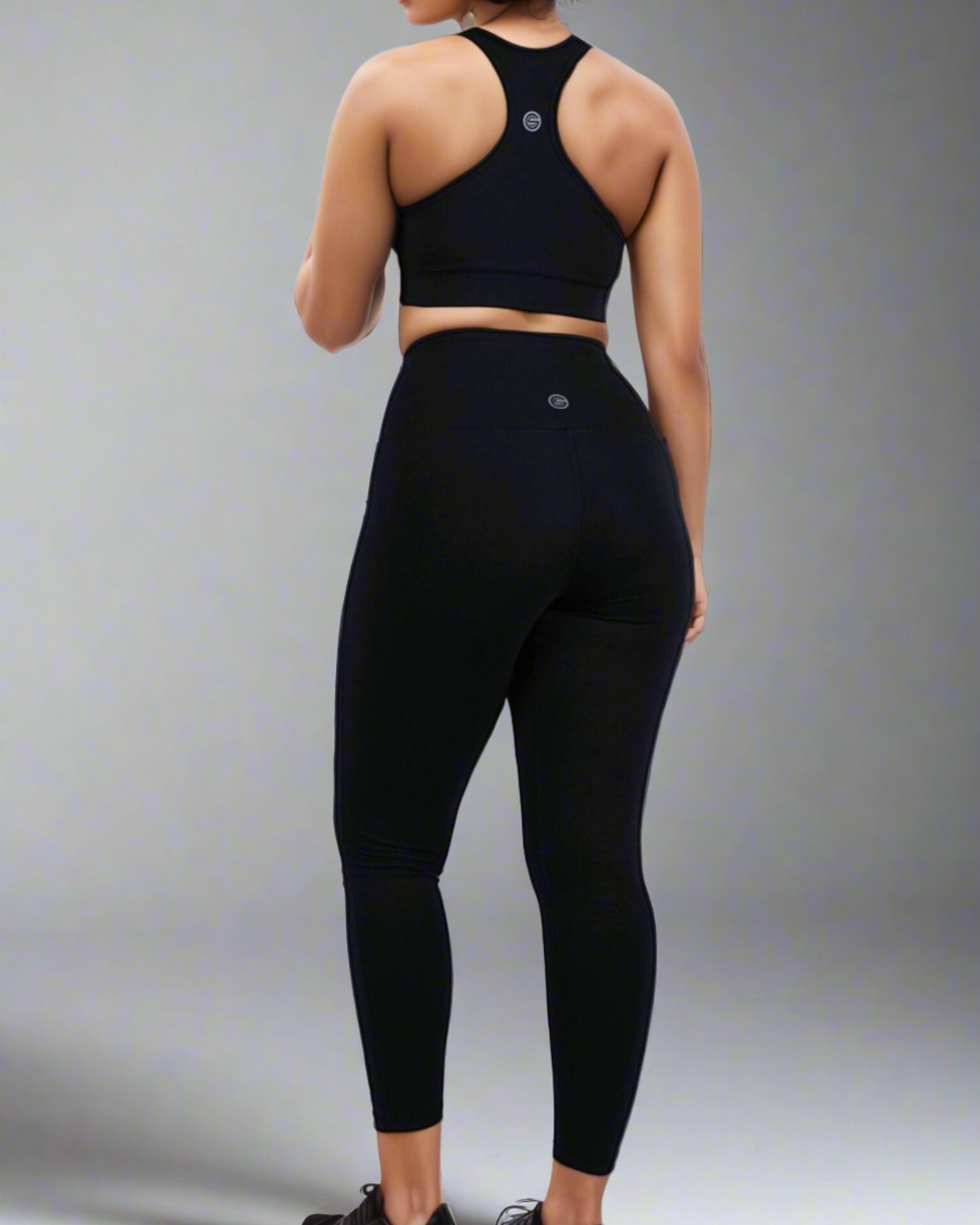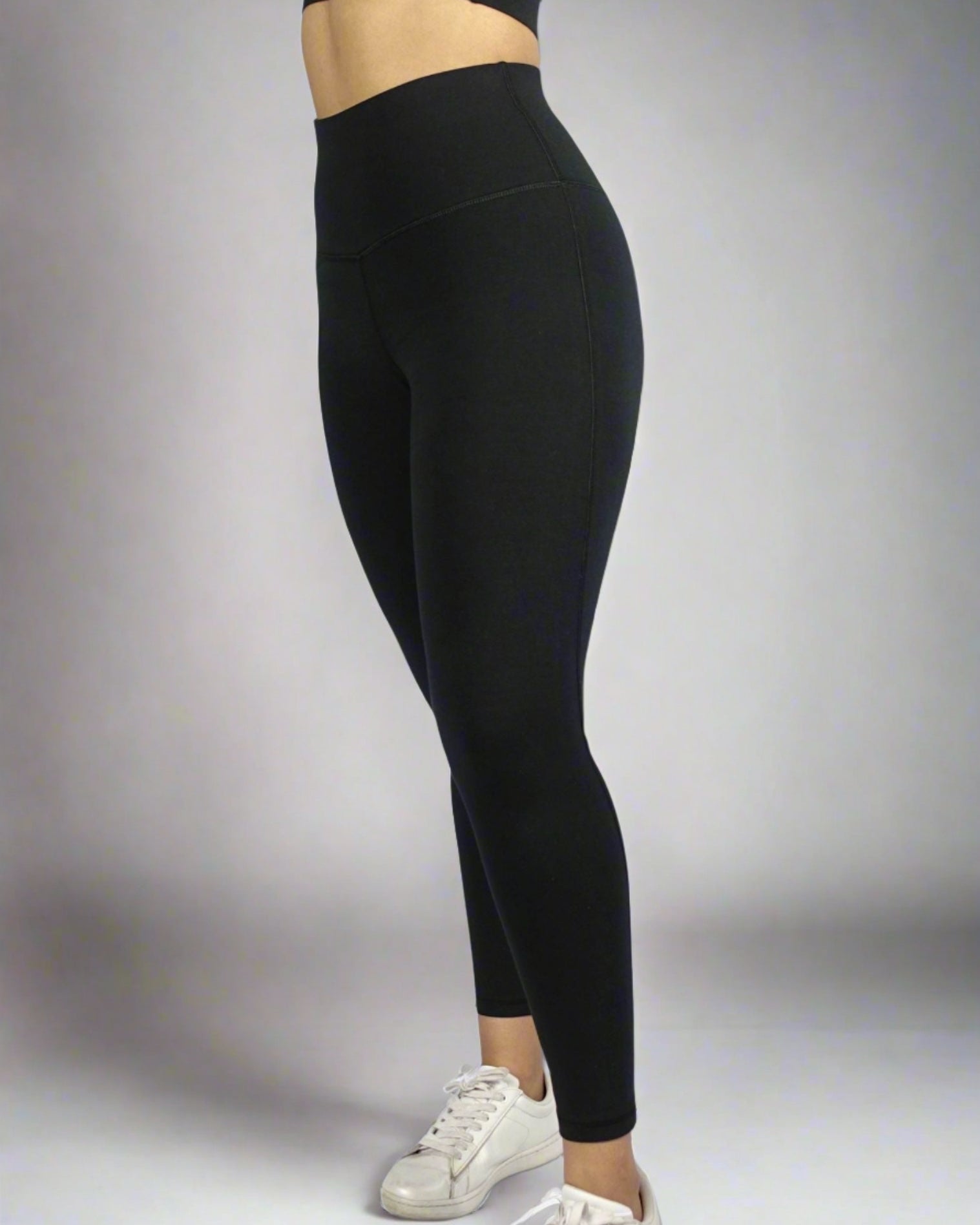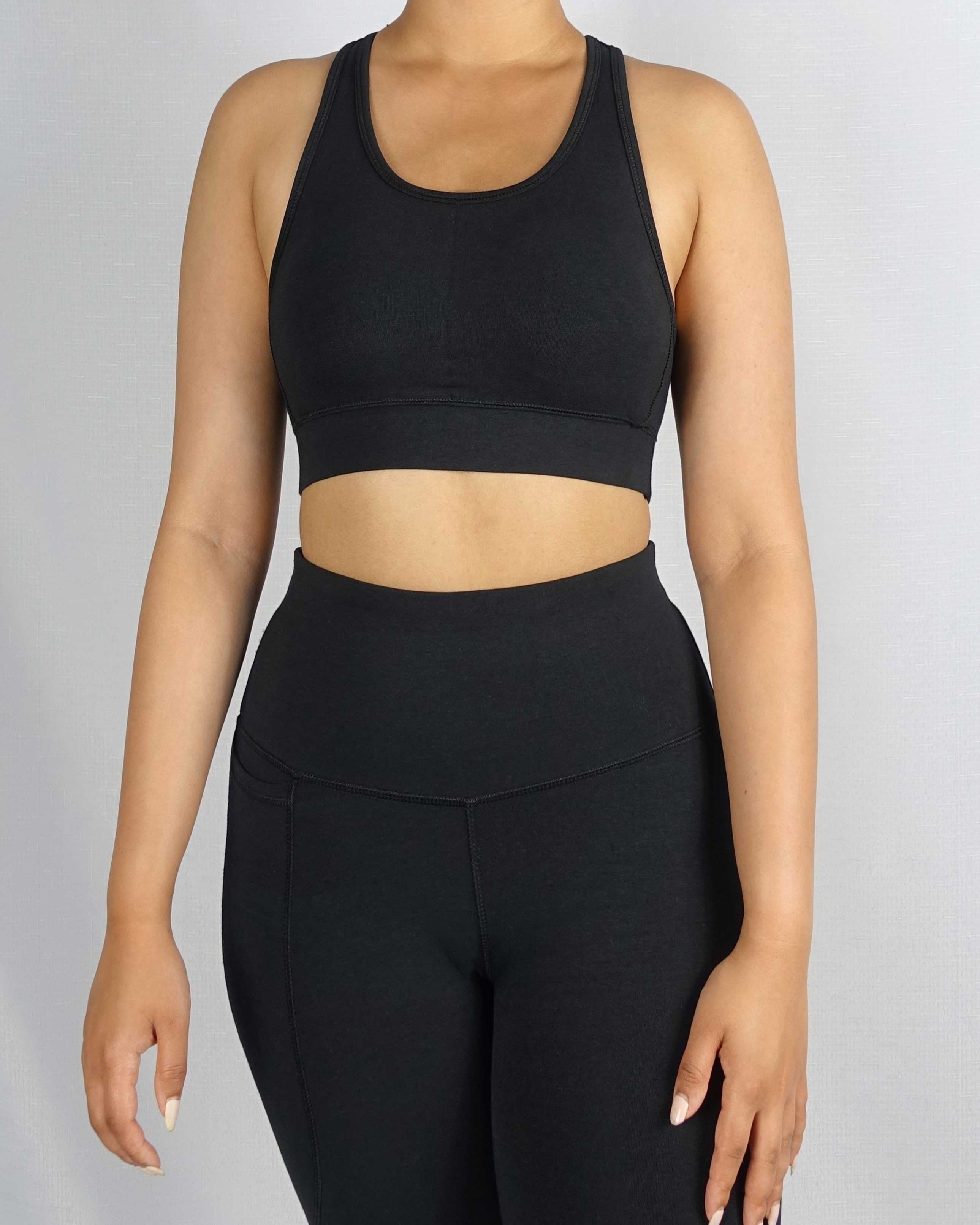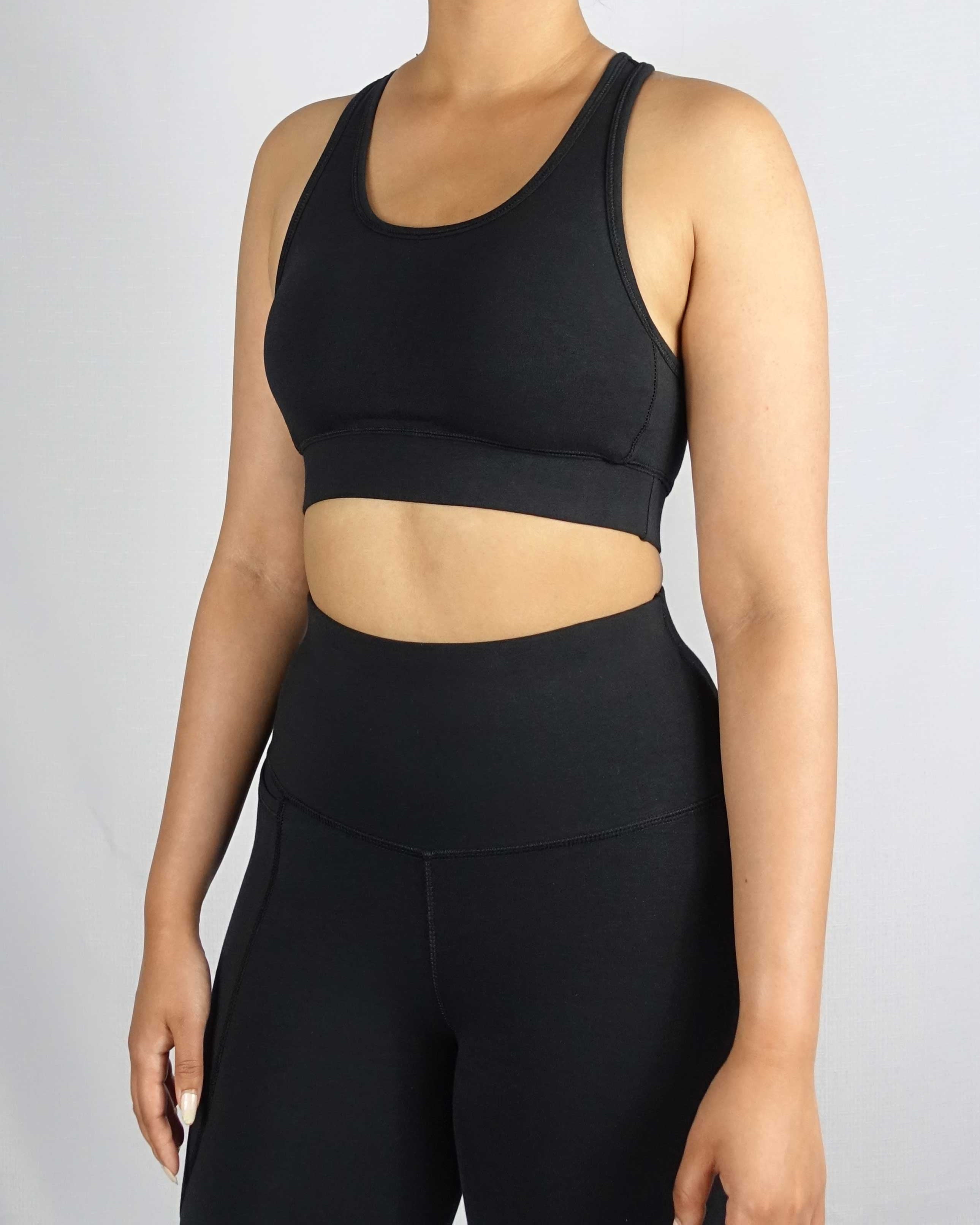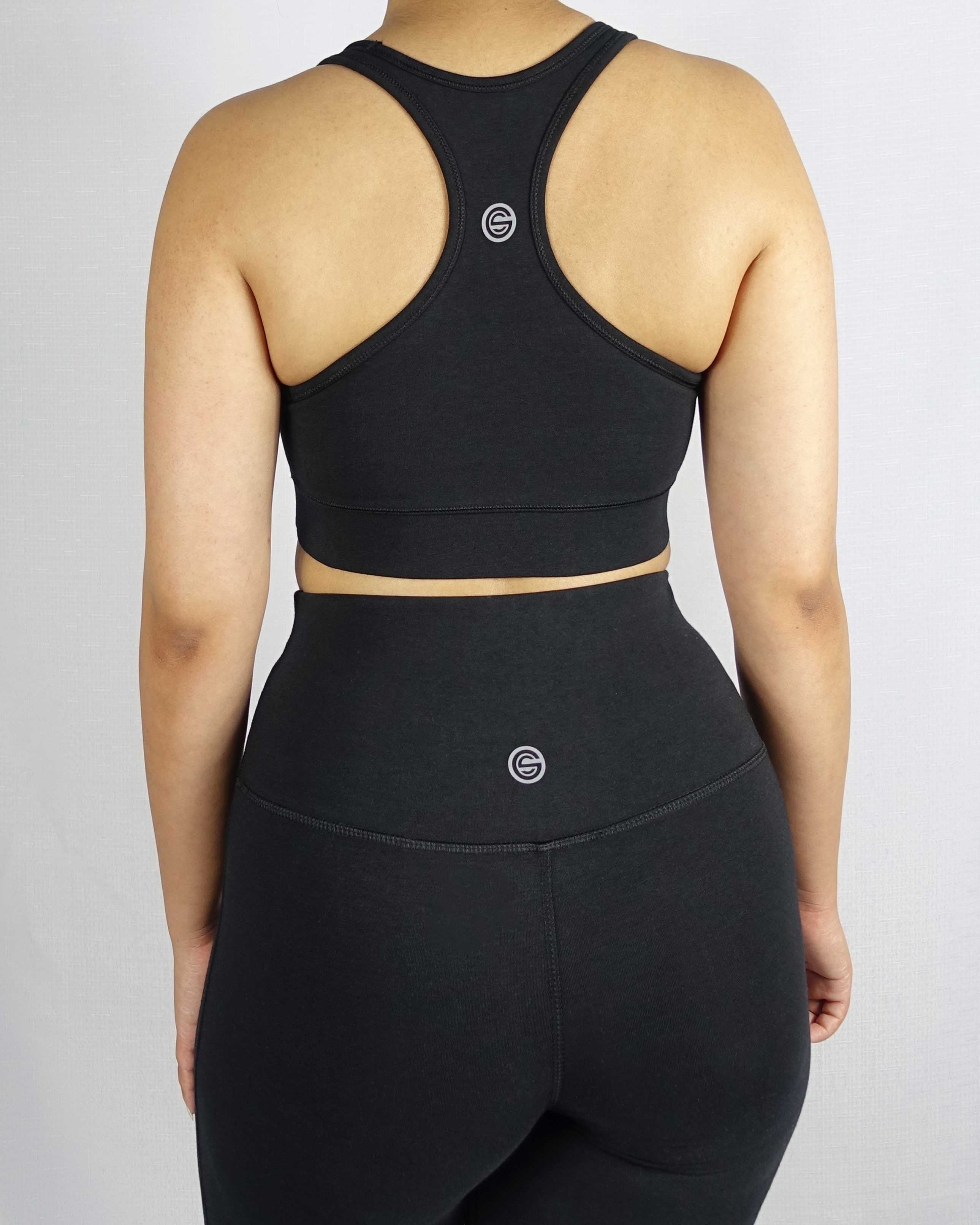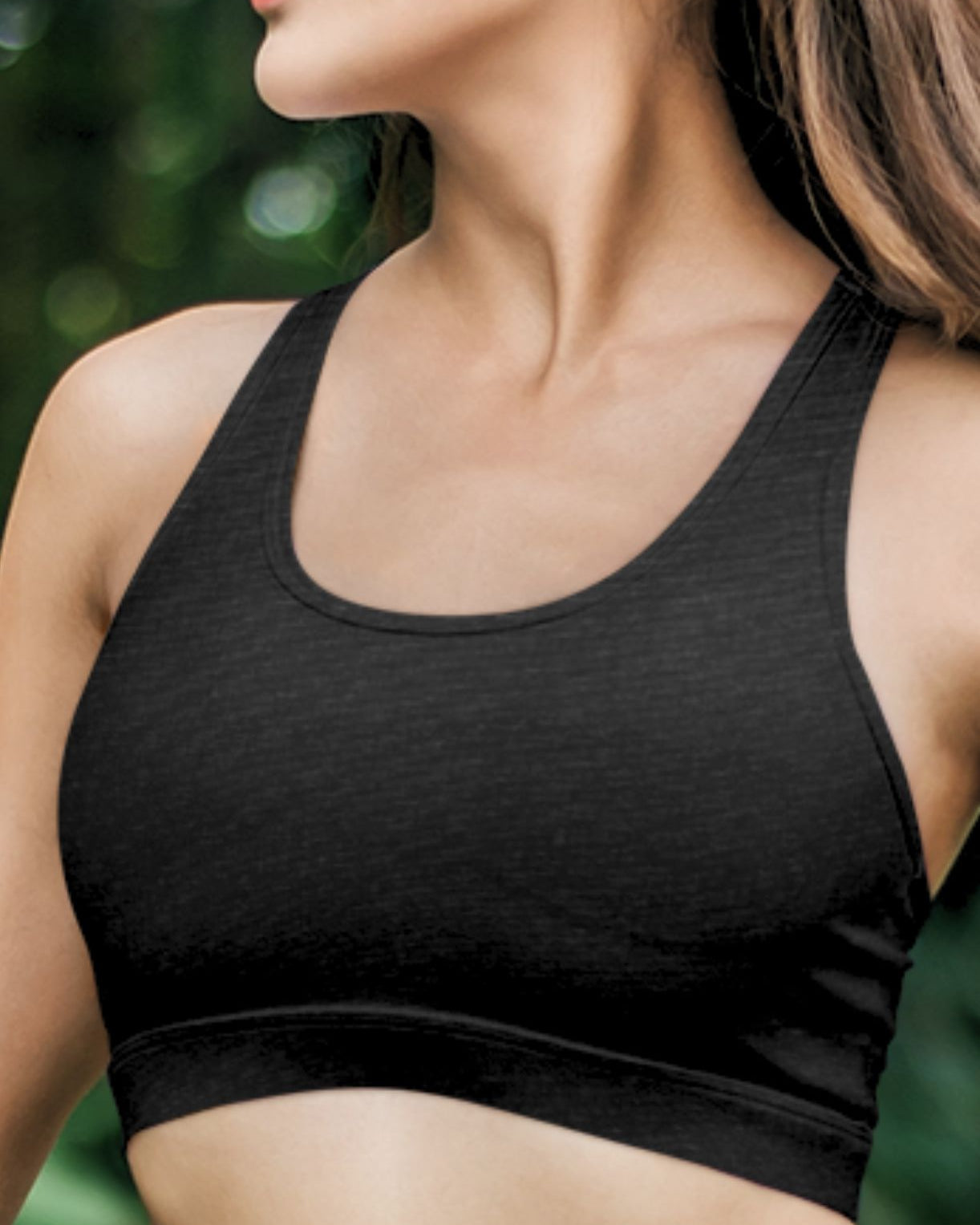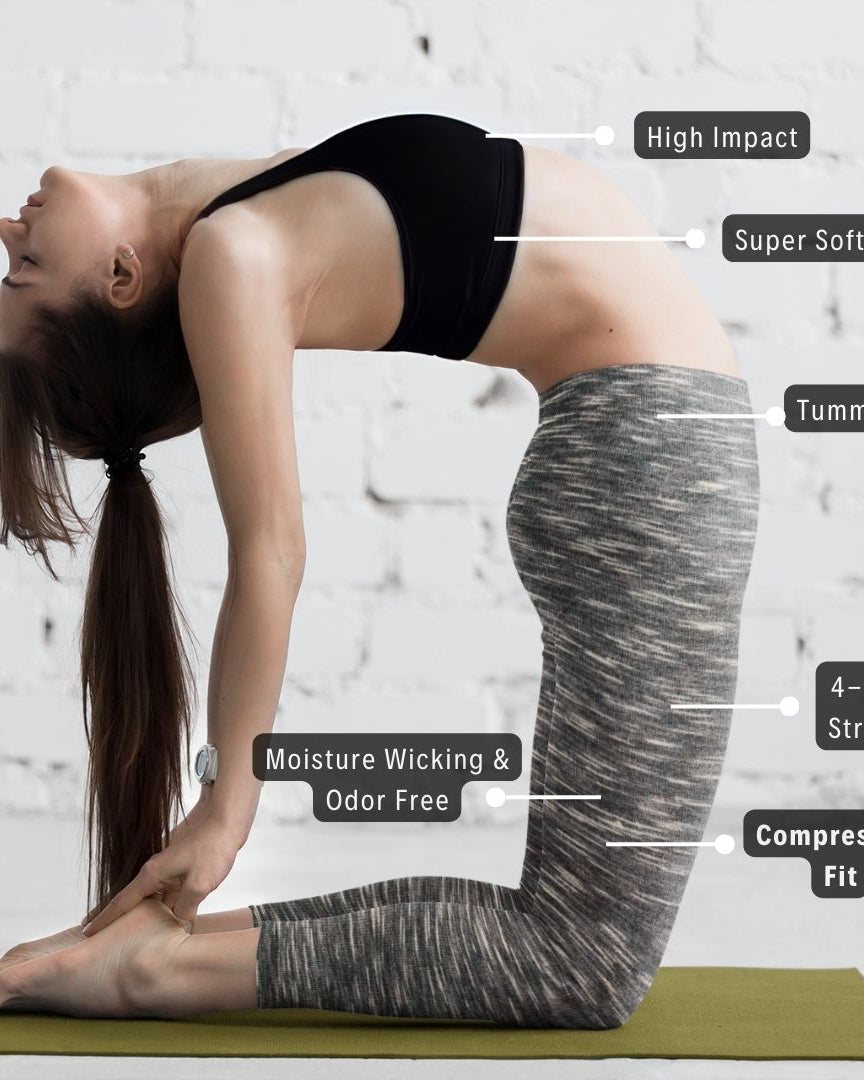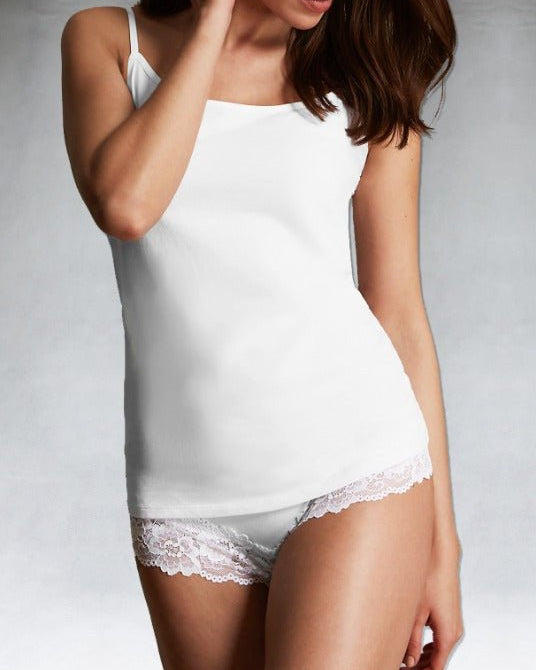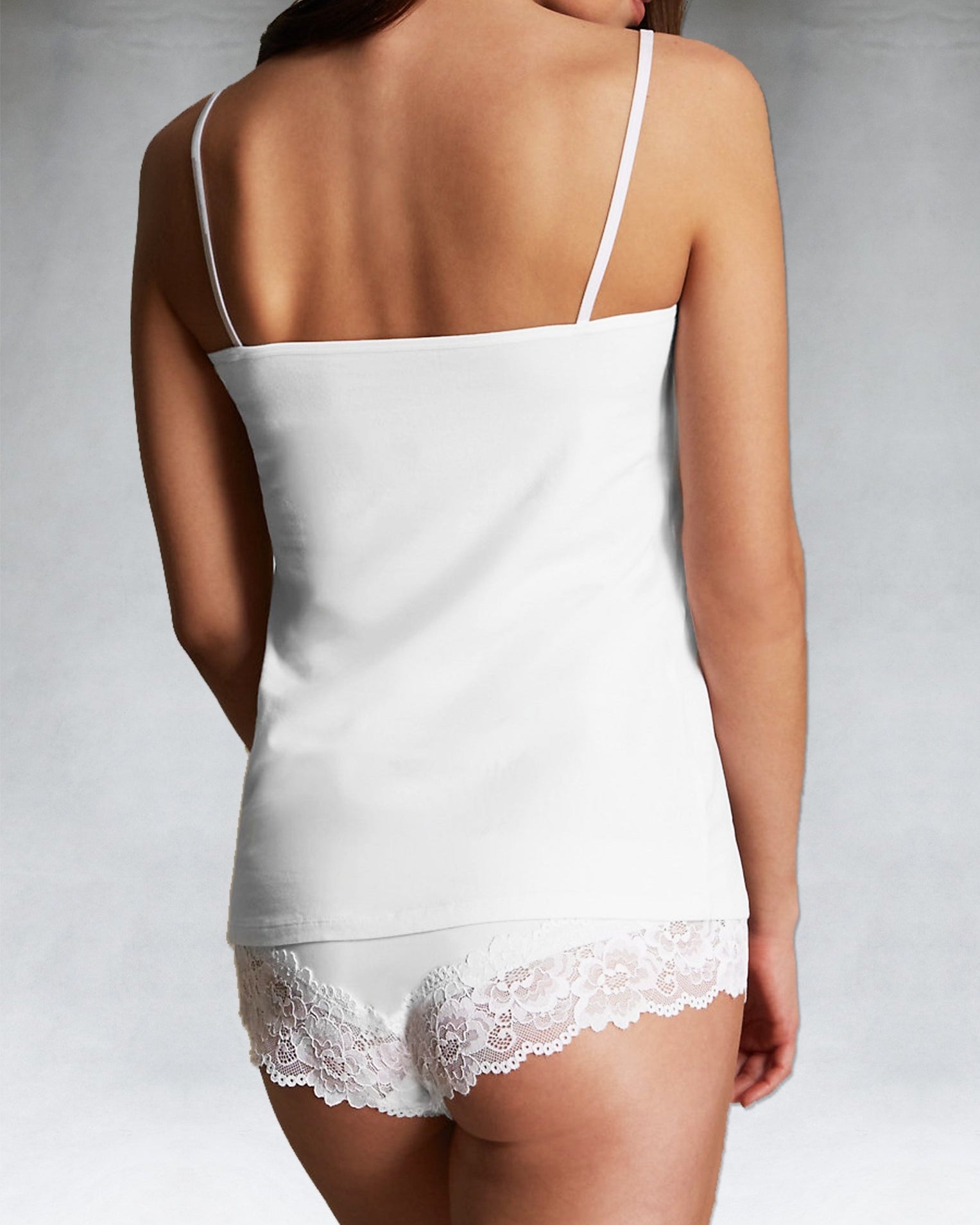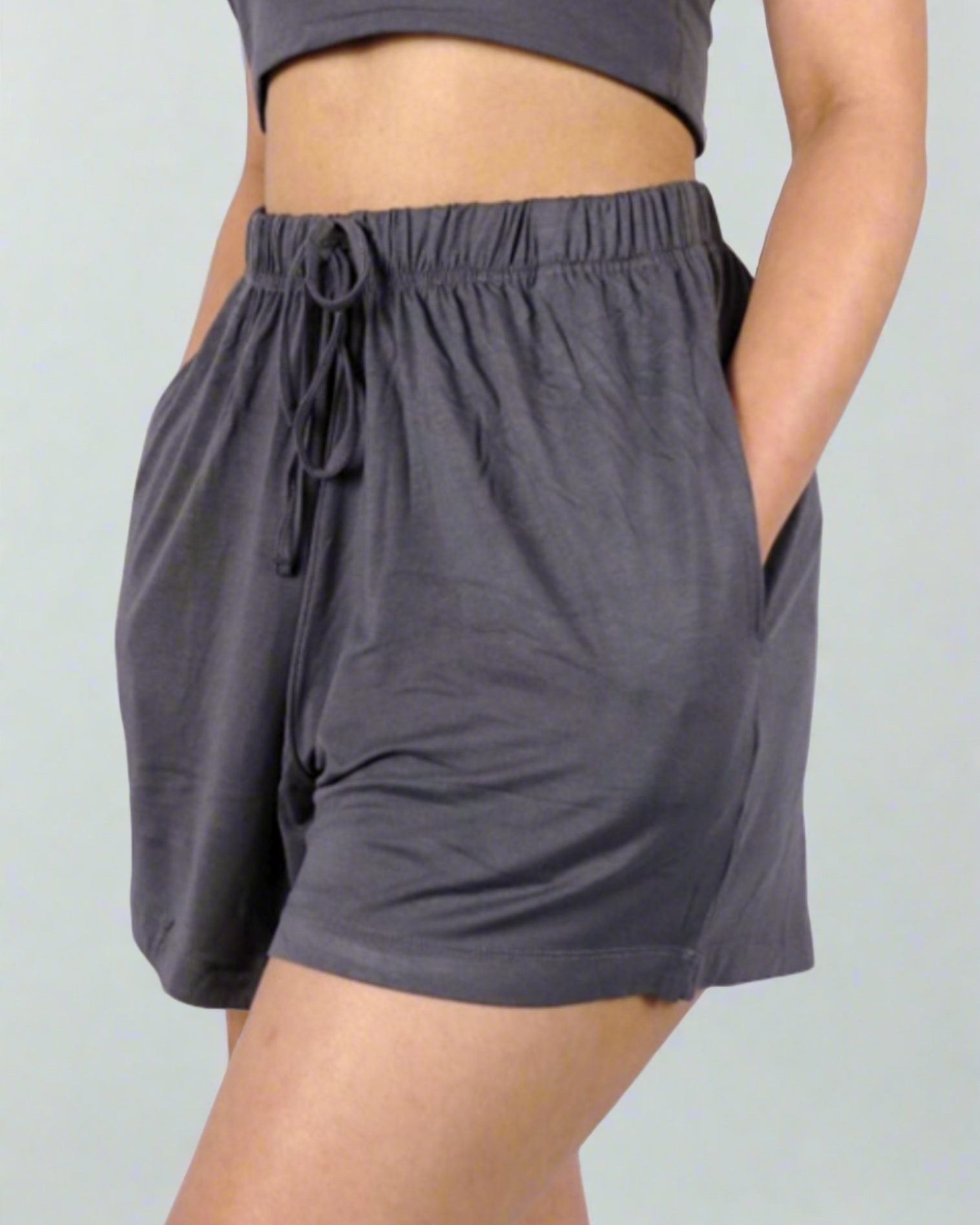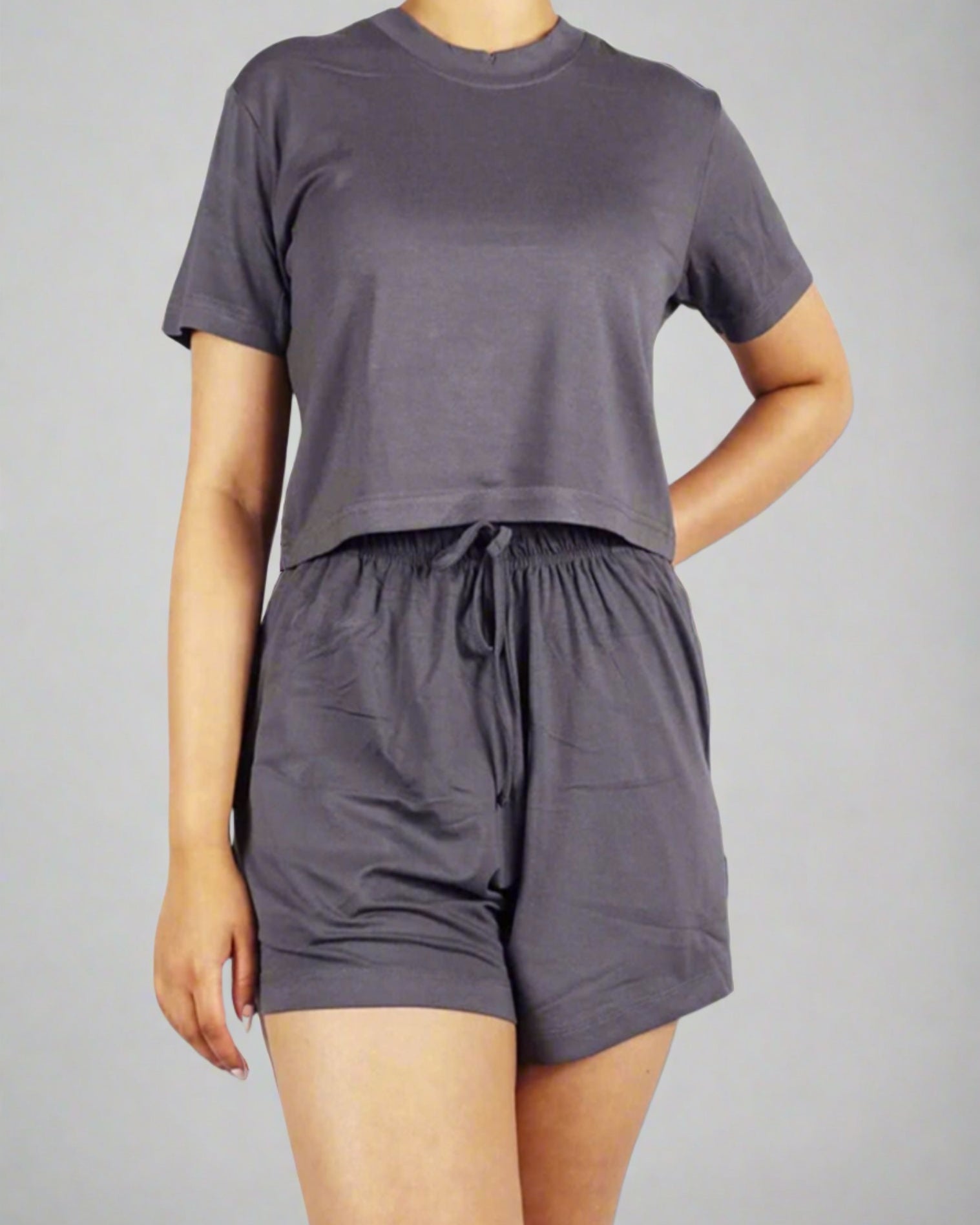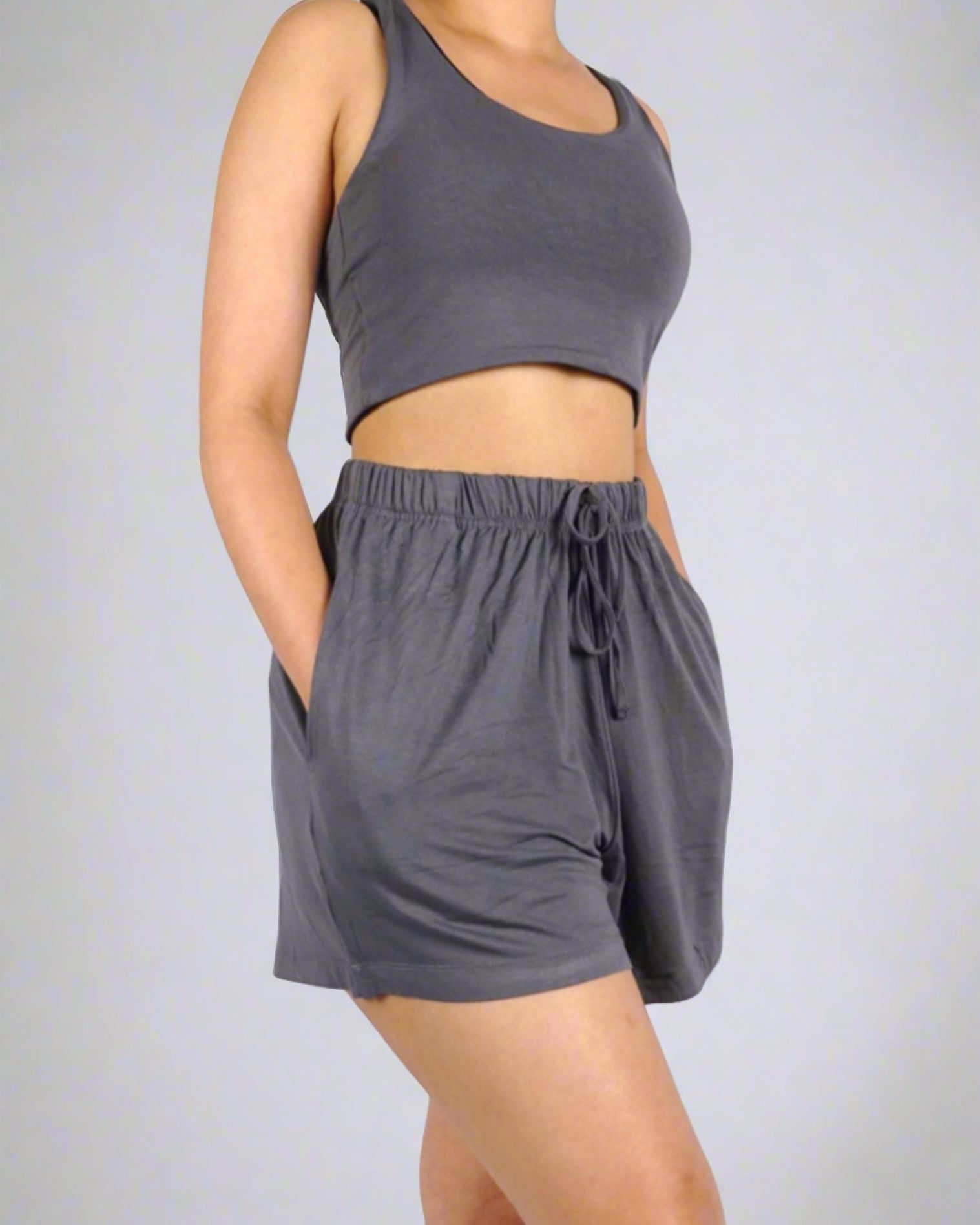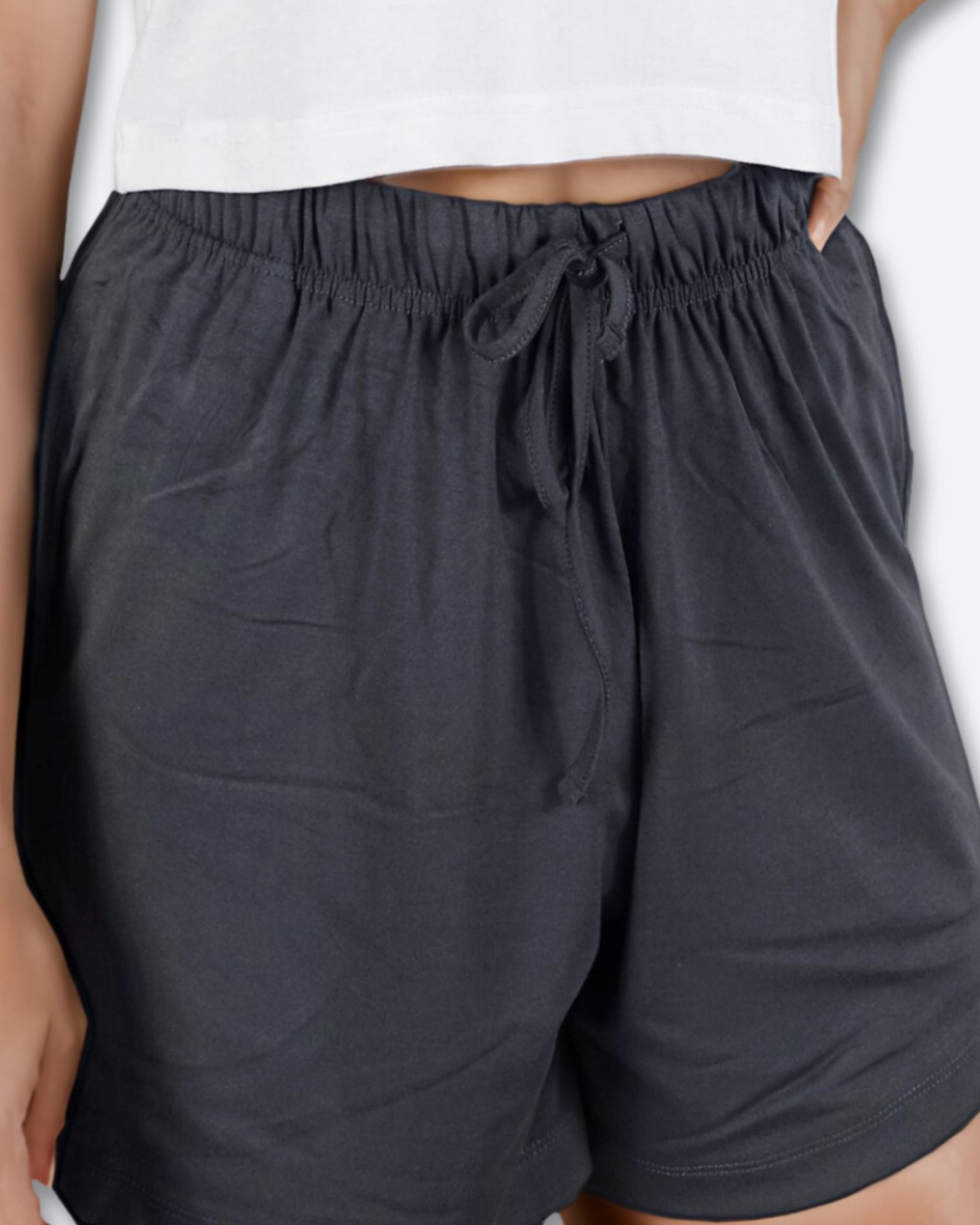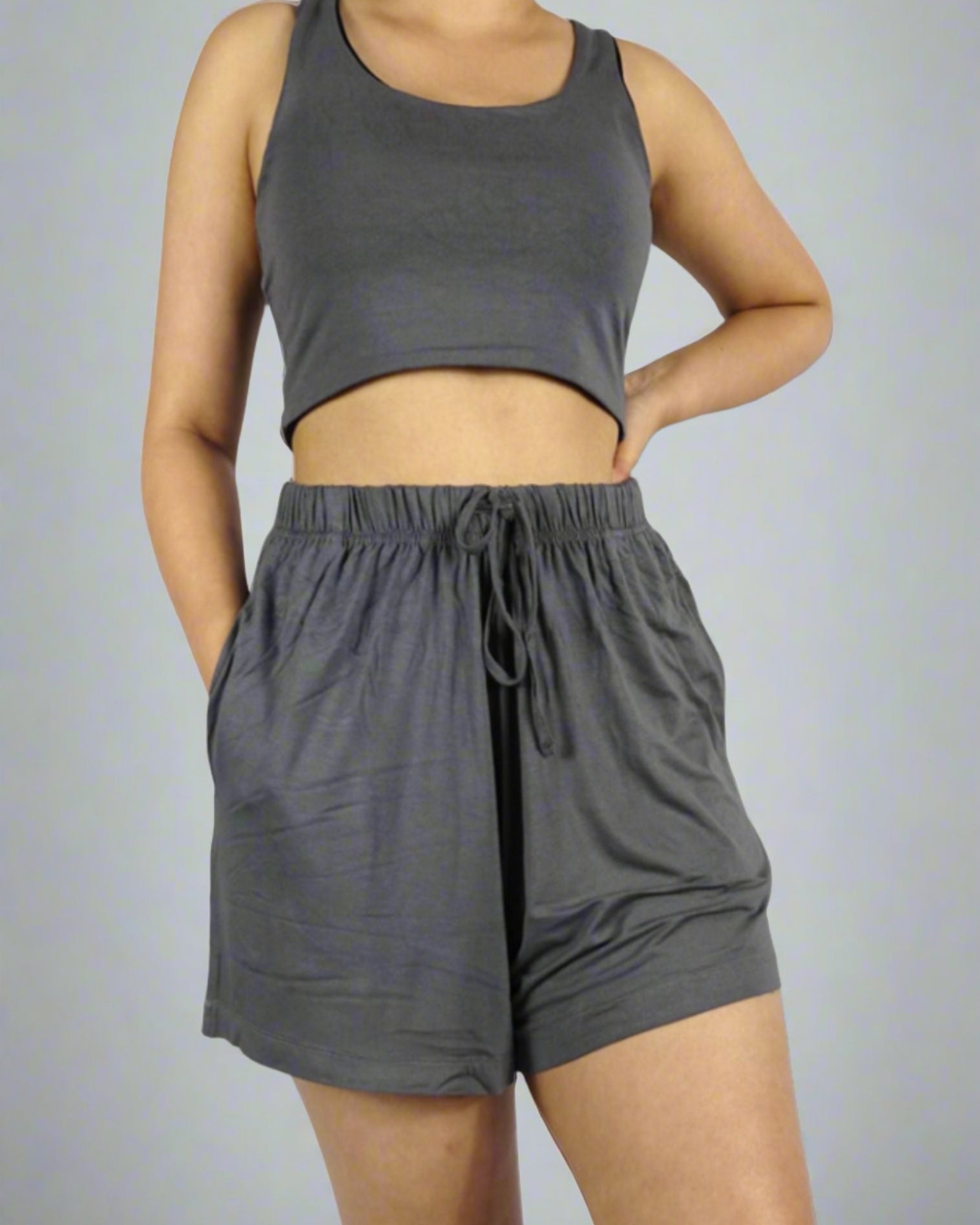The sun provides us with warmth, light and vitamin D – but it also poses a risk to our health. The world as we understand is warming up. According to the Global Climate Report from NOAA National Centers for Environmental Information, the year 2022 was the sixth warmest year on average so far. More interestingly so, the earh has not had a colder than average day since 1976! (1)
We are approaching warmer weather here in Australia and with summer just around the corner, many of us will be spending much more time outdoors. It is important that we are aware how we can be protected from the harmful impact of UV rays.
HARMFUL IMPACT OF THE SUN
UV rays from the sun can penetrate through clouds, skin and clothing. They are most intense when the sun is high in the sky between 10am and 2pm. The risks of UV rays are well-known - they cause premature ageing and skin cancer. More than 100,000 new cases of skin cancer are diagnosed in Australia each year (2). So it's important to protect yourself from harmful UV rays when you're out and about.

BENEFITS OF WORKING OUTDOORS
There are many benefits of working out outdoors, including better vitamin D absorption, a reduced chance of injury and an improved mood. Not only do you benefit from being active in the fresh air, but your metabolism will increase as your body works harder to regulate its temperature in different weather conditions than it would indoors under artificial lighting and air conditioning. Studies have found that spending time outdoors can reduce stress levels and alleviate depression and anxiety symptoms. (3).
However, in order to get the most out of your outdoor workout, you should be aware of the potential risks too. Before you head outside to exercise, it’s important that you know how to protect yourself from overexposure to the sun.
In addition to sunscreen and sunglasses, wearing clothing with UPF (ultraviolet protection factor) is a great way to protect yourself from harmful UV rays while working out outdoors.
WHAT ARE UVA, UVB & UPF?
There are two types of UV radiation that can reach your skin: UVA and UVB. UVA rays penetrate deep into the dermis, the thickest layer of the skin (4). They cause premature aging and wrinkling of the skin, as well as tanning. UVB rays are responsible for sunburns and contribute to skin cancer. Ultraviolet Protection Factor (UPF) refers to a fabric's ability to block out UV radiation.
It's similar to SPF (Sun Protection Factor), which is used to rate sunscreen products. UPF rates how effectively a fabric protects against ultraviolet radiation from the sun. The higher the UPF rating, the better the protection. The Australian Radiation Protection and Nuclear Safety Agency state that a UPF50+ garment blocks at least 98% of UV radiation, while UPF30+ blocks 96% (5).
UPF PROTECTIVE CLOTHING
Some fabrics block more UV radiation than others, so when you're choosing clothes for outdoor activities, it's important to consider their UPF rating. Clothing with UPF rating absorbs ultraviolet light and helps protect your skin from UVA and UVB rays that can cause sunburn, skin cancer and premature aging (6).
A study conducted by the University of California revealed that certain fabrics like linen, cotton and wool offer more sun protection than synthetic fabrics like polyester, nylon and spandex (6). Another study published in the Journal of Photochemistry and Photobiology stated that bamboo fibers have excellent ultraviolet protection properties (7). Similarly according to another study, it is possible for manufacturers “to produce fabrics with an SPF value greater than 50+ with bamboo yarns" (8).
UNDERSTANDING BAMBOO CLOTHING FACTORS
How is bamboo clothing effective in mitigating the harmful impact of the sun? Bamboo has a unique structure that allows it to trap more light than other fabrics, making it more effective at blocking the sun’s harmful rays. Clothing made from bamboo offers natural UPF 50+ protection against UVA and UVB rays - blocking out 98% of UVA and UVB rays.
Bamboo clothing has many health benefits that one can benefit from, including those related to comfort and loved by the skin. The fabric is extremely soft and has natural breathable quality, making it ideal for outdoor activities like running and hiking. Bamboo clothing is also moisture-wicking and antibacterial, so it doesn't retain sweat or odor - perfect for those sweaty days!
Not only does bamboo keep runners and outdoorsy folk comfortable with its moisture-wicking properties but also because its unique microfibers shield against UV rays and harmful chemicals in the air.
BAMBOO CLOTHING FOR YOU
Active by GS Bamboo & Cotton activewear and athleisure wear are rated UPF 50+ which means they block 98% of UVA & UVB rays and are the perfect choice for exercising outdoors.
Discover activewear that doubles up as day to day wear. Our clothing designed and carefully crafted with skin friendliness and planet love in mind are also perfect for those outdoor walks or simply when wearing them to catch up with friends and running errands as they have a high UPF rating. Our activewear feels buttery soft on the skin, has compression & moisture wicking properties, and is thermo-regulating to keep you comfortable, cool and protected whilst working out outdoors. Try Active by GS today and feel the difference yourself.
Have questions or need to know more? Contact us at hello@activebygs.com
References
-
NOAA National Centers for Environmental Information (2023). State of the Climate: Global Climate Report for 2022. from https://www.ncei.noaa.gov/access/monitoring/monthly-report/global/202213.
-
A Deep Dive into Australias most Dangerous Skin Cancer - Melanoma. (2022). https://www.acrf.com.au/news/melanoma/a-deep-dive-into-australias-most-dangerous-skin-cancer-melanoma/
-
Jimenez MP, DeVille NV, Elliott EG, Schiff JE, Wilt GE, Hart JE, James P. (2021) Associations between Nature Exposure and Health: A Review of the Evidence. Int J Environ Res Public Health. Apr 30;18(9):4790. doi: 10.3390/ijerph18094790. PMID: 33946197; PMCID: PMC8125471.
-
Jones, F., Harris, P., & Chrispin, C. (2000). Catching the sun: an investigation of sun-exposure and skin protective behaviour. Psychology, Health & Medicine, 5(2), 131-141. https://www.tandfonline.com/doi/abs/10.1080/713690185
-
Australian sun protective clothing. Retrieved 12 March 2022, from https://www.arpansa.gov.au/our-services/testing-and-calibration/ultraviolet-services/labelling-sun-protective-clothing/au-standard
-
Louris, E., Sfiroera, E., Priniotakis, G., Makris, R., Siemos, H., Efthymiou, C., & Assimakopoulos, M. N. (2018, December). Evaluating the ultraviolet protection factor (UPF) of various knit fabric structures. In IOP Conference Series: Materials Science and Engineering (Vol. 459, p. 012051). IOP Publishing. https://iopscience.iop.org/article/10.1088/1757-899X/459/1/012051/meta
-
Khan, A., Nazir, A., Rehman, A., Naveed, M., Ashraf, M., Iqbal, K., ... & Maqsood, H. S. (2020). A review of UV radiation protection on humans by textiles and clothing. International Journal of Clothing Science and Technology, 32(6), 869-890. https://www.emerald.com/insight/content/doi/10.1108/IJCST-10-2019-0153/full/html
-
Rao et al., (2017). “Outdoor bamboo composites,” BioResources 12(3), 6789-6811. https://ojs.cnr.ncsu.edu/index.php/BioRes/article/view/BioRes_12_3_6789_Rao_Outdoor_Bamboo_Fiber_Composites

